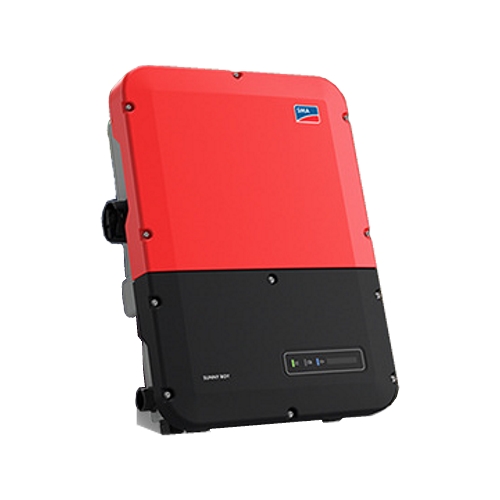Power Inverter Types
Power Inverter Types
DC to AC and Grid Tie Power Inverter Types
How to choose between modified and pure sine wave inverters and plug-in grid tie or wired grid tie power inverters
A DC to AC power inverter allows you to convert the stored power from your battery bank to the tools and appliances you want to operate.
The term “sine wave” refers to the type of power the inverter is producing – typically modified sine wave or pure sine wave.
Missouri Wind & Solar carries a variety of power inverters, but you need to know which unit is the best for your application.

Modified Sine Wave Power Inverter
- Most common
- Lower starting price ($$-$$$$)
- Emits a "blocky" sine wave
- Primarily used for operating lighting and most power tools
- May cause static, buzzing, and/or humming when used with electronics
- Draws more amps to operate (battery power is used more quickly)
- May reduce the lifespan of large appliances, like refrigerators.
- Cannot be wired into a wall outlet

Pure Sine Wave Power Inverters
- Higher price point ($$-$$$$)
- Produces a "smooth" power that closely resembles (or is better than) power from the utility grid
- Primarily used for electronics, such as laser printers, medical equipment, televisions, and variable speed power tools and cordless tool battery chargers
- Draws less amps to operate (battery power lasts longer)
- Cannot be wired into a wall outlet

Plug-in Grid-Tie Power Inverter
- Inexpensive ($$$)
- Feeds back into the grid
- Turns off if the grid power is down
- Somewhat limited by wattage rating (about 500 watts)
- Very easy to use, plug and play operation
- Inverter is plugged into a regular household outlet
Grid-Tie Power Inverter
- Expensive ($$$$)
- Designed to be wired into your fuse box
- Pure Sine Wave
- Higher wattage rating (1,500 watts to 10,000 watts+)
- May or may not be used with a battery bank depending on the manufacturer and inverter type
If you’re interested in the plug-in grid tie inverter, we recommend watching the video below:

